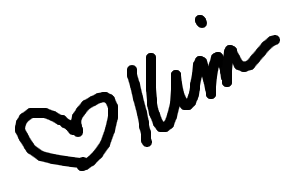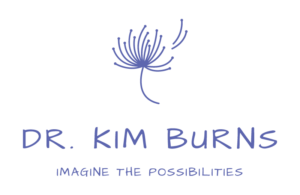There are times in the academic year that we all know are just a murky soup of overwhelm. The time of year probably correlates to your position on campus and the workflow of your department. September is usually a blur for everyone. So is May. Despite these predictable rhythms, we are still often surprised by them. I can think of very few people who actively manage their time and tasks to accommodate these times of overload. What if we stepped back and assessed our to do lists in a manner that our future selves would thank us for?
Here are a few steps you can take to assess your to do list.
Think ahead to three months from now. You are feeling good. You are tired, but it is a good tired. As you think back on the past few months, you are satisfied that the most important things got done. What were those things? Take a minute to write down the top 3-5 projects and tasks that you accomplished in this vision of the future.
Now, look at your to do list and your calendar. You are going to prioritize.
On a piece of paper or on the computer, divide a page into 4 sections. In one section write DO, in another write DEFER, in another write DELEGATE, and in the last one write DROP.
Look at your list and identify the DO items. The DO items are those items that take only a few minutes to complete or absolutely must get done because if they don’t something bad will happen or someone will be disappointed. Everything on your list cannot be a DO. If prioritizing is tough for you, pick a number less than 10 and stop when you get to that number. Write your DO items down or code them in your task list.
Next, identify projects and tasks that you can DEFER. These are things that need to get done but can be paused. What on your list can wait until next month? next semester? next year? Write your DEFER items down or code them in your task list.
What tasks can be DELEGATED? These are tasks that don’t play to your strengths or expertise. Someone else can do them and it wouldn’t compromise the quality. For some of us, delegating is hard because it’s easier to just do it ourselves or we want them done a certain way. If you have a team to delegate to, the Society for Human Resource Management suggests we think about delegating in two ways. One is delegating for results.
Do you have an employee with the skills, abilities, and vision to get the project done? Delegate. You can also delegate for development. Do you have an employee who has potential and could learn from implementing the project? You will have to invest time in mentoring, but if the right conditions are in place it might take some of the burden off of you.
Finally, you get to DROP. What tasks on your list are unnecessary? What can you get away with not doing? Consider the unnecessary email you read every day. Could you learn how to create rules in your email system so the ones you don’t need to read go into a specific folder rather than your inbox? Could you stop going to that meeting that never seems to accomplish anything? The tasks you drop could also be tasks that no would even notice if you didn’t do them anymore.
Strengthening your DROP muscle is important now more than ever. Richard Orbé-Austin, a psychologist and executive coach who has worked in higher education, recently wrote in Inside Higher Ed that we need to “end the notion of doing more with less.”
“As we encounter a period of economic strain, with many institutions cutting staff and reducing resources, college and university leaders will be tempted to place more of a workload on their remaining staff members. Senior administrators will tell employees to “do more with less,” an indication that no additional resources—money, head count and so on—will be coming, even given heavier workload expectations. To prevent burnout and overwork, we must instead encourage employees to “do less with less,” so that their expected work output reflects the capacity they actually have to produce it.”
Amen.
What was it like assessing your do list using the 4Ds? Share with me at hello@drkimburns.com or on LinkedIn. You can also sign up for my newsletter.

